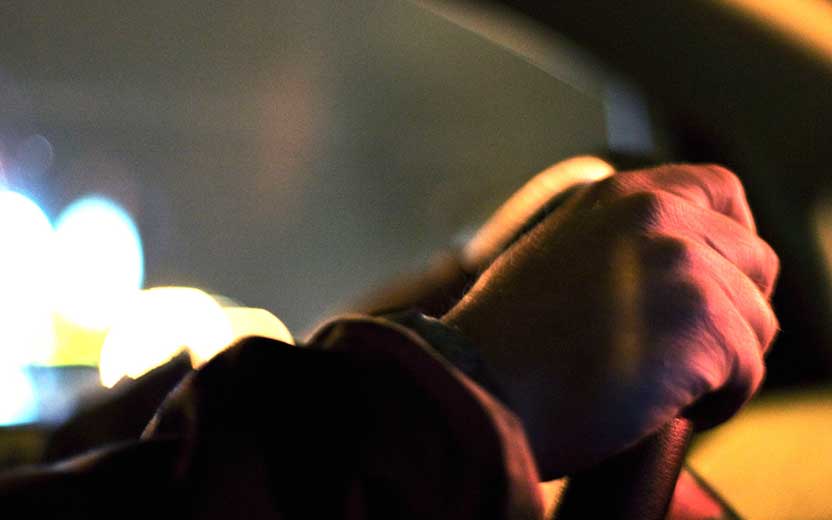By Marcus Fernandez
According to the CDC, more than 1.1 million burn injuries occur each year for which people seek medical care. The Fourth of July is the busiest day for emergency responders called upon to treat burns and other injuries related to fireworks. Protecting yourself and members of your family this holiday begins with becoming aware of Florida laws pertaining to sparklers and other fireworks. An important key to preventing a burn injury includes learning about how to deal with the dangers of fireworks should you be someplace where they are being used.
Is it legal to possess and use fireworks in Florida?
As a general rule, the possession and use of fireworks that are propelled through the air or explode (such as rockets, firecrackers and similar explosives) are illegal. Their sale for agricultural uses is permitted, but permits are required.
The average person may use sparklers. However, the Florida Division of State Fire Marshal must approve the sparklers and publishes a list to ensure public safety.
What is a sparkler?
From a technical perspective, sparklers are powdered metal and potassium nitrate that are formed into a paste before being formed around a stiff, metal wire and allowed to dry. Combustion occurs when someone lights the sparkler with a lighter or match. This is the same combustion that occurs when a firework is lit. However, because the mixture is not under pressure, it melts instead of exploding.
A tremendous amount of heat is released, up to 2,000 degrees Fahrenheit by a sparkler. It is this heat that causes the powdered metal coating the wire to melt. The heat causes small pieces of the metal in the mixture to explode into the air. The result is a dazzling spectacle that fascinates adults and children alike.
Are sparklers dangerous to use?
Parents would never consider giving a child a burning blow torch to play with. However, they may think nothing of allowing that child to play with sparklers. A child holding a burning sparkler and waiving it around in the air is at risk of being seriously burned by metal particles shooting out at extreme temperatures approximating those of a blow torch.
Sparklers are the most common cause of fireworks-related injuries accounting for 22 percent of the injuries for which people with fireworks burns and injuries seek medical treatment. Touching the metal wire of a burning or recently burned sparkler can cause a serious burn injury. Additionally, hot metal particles, many no bigger than a grain of sand, can get into a person’s eyes. They can also potentially ignite clothing.
What are alternatives to sparklers and other fireworks to celebrate the Fourth of July?
 There are many alternatives to fireworks and sparklers that will not cause a burn injury. Glow sticks can be fun for children when used under the supervision of an adult. They do not ignite, but they give off hours of light through a self-contained chemical reaction. Although they do not expose a child or adult to flame, heat or sparks, they can be a hazard for children who might put them into their mouths or break them open to get to the substances inside that cause them to glow.
There are many alternatives to fireworks and sparklers that will not cause a burn injury. Glow sticks can be fun for children when used under the supervision of an adult. They do not ignite, but they give off hours of light through a self-contained chemical reaction. Although they do not expose a child or adult to flame, heat or sparks, they can be a hazard for children who might put them into their mouths or break them open to get to the substances inside that cause them to glow.
The safest alternative to fireworks in your backyard is to take the family to one of the many public fireworks displays put on by professional pyrotechnics experts, like those held in downtown Tampa or our coastal Pinellas beaches every year. These celebrations allow everyone to enjoy the show without risking serious physical injuries or using illegal fireworks.
What should you do if you or a loved one suffers a burn injury from fireworks?
A child or adult injured by fireworks should have the burn injury evaluated by a medical professional immediately. They will be able to determine the extent of the damage and best course of treatment. Burns from sparklers or other types of fireworks can cause severe pain, blistering and swelling. They may also cause scarring, disfigurement or, in extreme cases, shock or death.
A medical evaluation can determine the proper course of treatment depending upon the seriousness of the injury. Burns are classified as follows:
- First-degree burn: This type of injury is the least severe with damage limited to the outer layer of a victim’s skin.
- Second-degree burn: The damage caused by a second-degree burn is more serious than first-degree burns with damage extending to the layer of skin beneath the outer or top-most layer.
- Third-degree burn: These types of burns cause damage to the deep layers of skin and extend to the tissues below it. Third-degree burns are the most serious type of burns.
Another reason for seeking immediate medical treatment is because of the risk of infection associated with burn injuries. Failing to have the injury cleaned and treated could lead to life-threaten infections.
Speak to a personal injury attorney
Have you or a family member has suffered a fireworks-related injury due to someone else’s negligence? If so, you could be entitled to compensation. The experienced Tampa personal injury attorneys at Kinney, Fernandez & Boire can offer legal advice and guidance about protecting your rights and filing a claim for damages.


